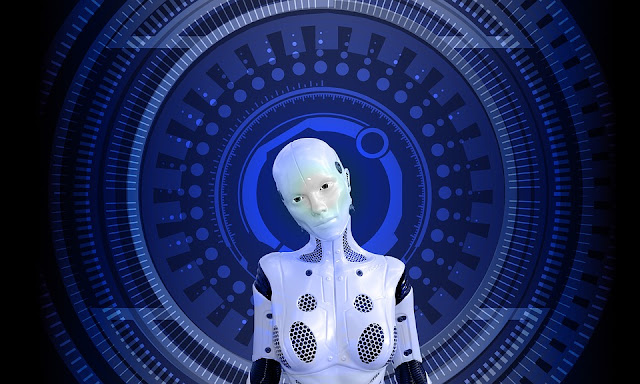Like humans, machines also need sleep for rest
Like humans, machines also need sleep for rest
Everyone needs comfort whether it is technology or any living being. Adequate sleep and rest are needed if good work is to be done. Similarly, the artificial brain also needs sleep for rest. This has been revealed in the study of Los Alamos National University. Researcher scientist Dr. Ezing Watkins explains that the artificial brain also has neural networks that work at par with the brain and remember things.
They state that network simulation becomes unstable due to continuous work and high work pressure. This directly affects the machine and its performance. University Computer Scientist Dr. Garrett Kenyon says that now the next preparation is to make it clear that if the artificial brain needs rest, is it the same in Android technology that will be used more in the future.
Japanese scientists made a brain-reading machine
Scientists in Japan have created a machine for Artificial Intelligence (AI), which can read your mind and make a picture of what you are thinking or seeing. In this technique, scientists used MRI scanners. An attempt was made to read it through changes in the blood flow in the brain.
During the use of this machine, people presenting themselves for use were shown different things, such as duck, aircraft, window, owl, lion, etc. The brains were then read from AI networked scanners. It is similar to the AI neuron network that functions in the same way as the brain.
According to scientists, this scanner etched almost the same pictures on the projector as shown to individuals. That is, when the person saw the duck, the AI made the duck, when they saw the lion, the AI made the lion. He was also seeing the same person in almost the same color and shape.
The machine also managed to capture letters and different shapes. That is, if people were thinking about letters, then the machine made a picture of them. Researchers at Kyoto University claim that the discovery will open up new avenues for the inner world.
This will help in creating futuristic dream footage and finding new techniques for interacting with people with disabilities. This research has been published in the journal Biorequiv.





Comments
Post a Comment
If you have any doubts. Please let me know.